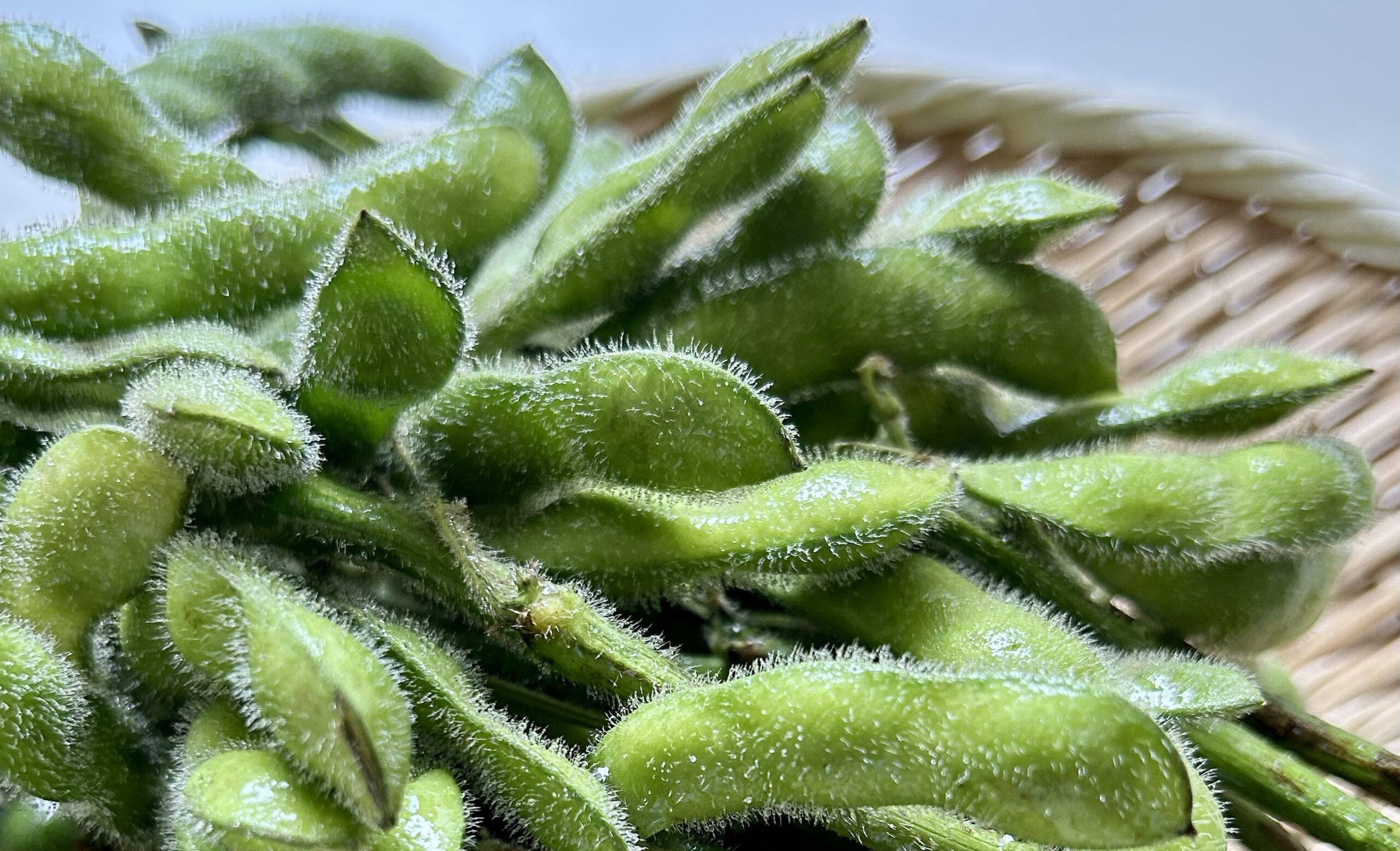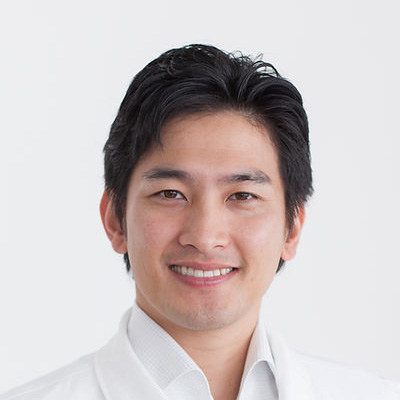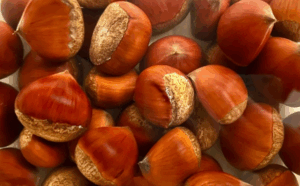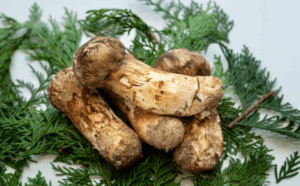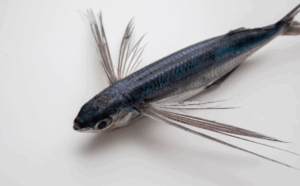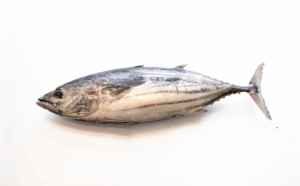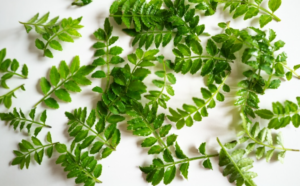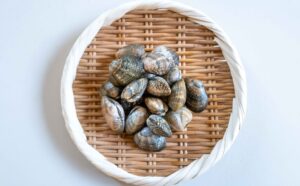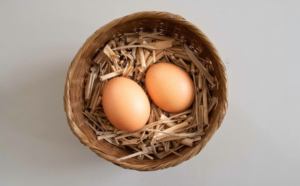Edamame are young, green soybeans, with another name “azemame” (meaning “ridge beans”) in Japan, where farmers used to plant them along the ridges of rice paddies to protect the embankments. When you are boiling edamame, the main tip is to use a nice amount of salt. This is to improve the texture when you pop them in your mouth. Salt helps not only keep the color and flavor, but also gets rid of the fine hairs on the pods when rubbed in before cooking.
You’d want to remember the ripeness of edamame depends on the season. So it’s important to switch up how you prepare.
In June, when edamame is still young, you can see it sold still attached to the stem. If that’s the case, it’s best to boil it as is, with a bit of the stem, and enjoy being one of the first to eat the harvest of the season! Around July, when the beans start to fill out, cut off one side of the pod with scissors before boiling. By August, the beans are fully grown, trim both ends of the pod. Depending on the beans’ condition, you definitely want to make small cuts in the pod to help them cook evenly and absorb salt well.
Boil the edamame for about two minutes, then drain them in a colander, sprinkle with salt, and cool with a fan. This way, you can bring out their vibrant color and perfect seasoning.
Edamame is super popular in Japan as a great beer companion, so it’s no wonder you spot them as a bar snack these days around the globe!

